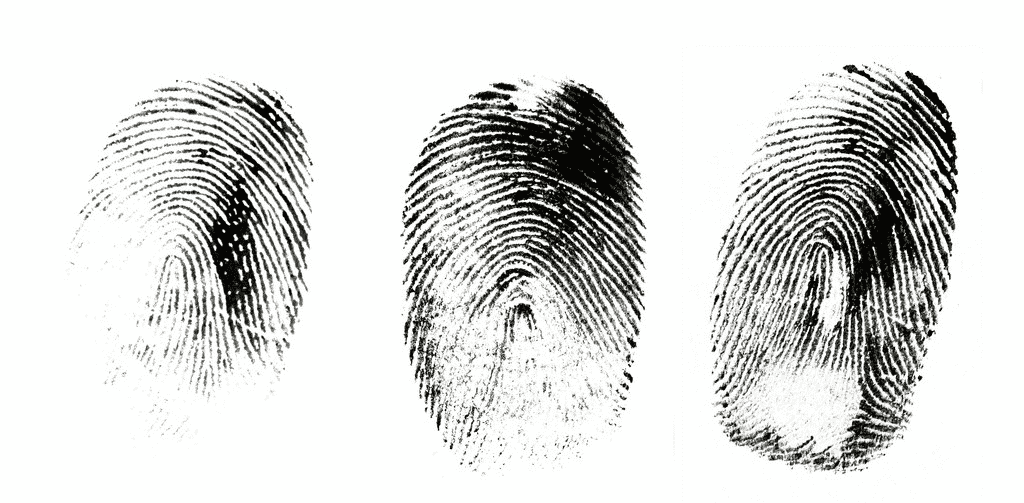[ad_1]

It was usually anticipated that Apple would tackle the follow of fingerprinting at this yr’s WWDC, and on Thursday, in a session titled, Discover App Monitoring Transparency, it did. The presentation is just below 14 minutes lengthy and begins with an examination of Apple’s justifications for introducing its App Monitoring Transparency (ATT) privateness coverage, in addition to background on the idea of “monitoring” as is outlined for the needs of ATT. Apple makes the purpose early within the video that no identifier — together with a consumer’s e mail tackle — could also be co-mingled with third-party information in instances the place the consumer has opted out of monitoring by the ATT immediate.
Later within the video, Apple makes two extra factors which might be germane to ongoing developments within the cell promoting ecosystem. The primary is that leaking consumer information out of an app to a 3rd social gathering is taken into account a violation of ATT even when the resultant efficiency reporting shared with both an advertiser or a writer is aggregated. This clarification appears to be directed at numerous options being explored by advert tech distributors and advert platforms alike that ingest user-level information from companions however solely floor again to them aggregated, campaign-level efficiency information.

The second level is extra consequential, and it’s made on the outset of the ultimate section of the video: Fingerprinting is By no means Allowed. The video defines fingerprinting, reasonably broadly, as “utilizing alerts from the machine to attempt to determine the machine or consumer.” That is an all-encompassing interpretation that ignores any distinction between use instances, akin to attributing an set up versus attributing purchases, and operational implementations, akin to with probabilistic strategies. Apple’s edict right here is easy and unequivocal: fingerprinting, even when a consumer has opted in through the ATT immediate, is in violation of ATT pointers.

In fact, Apple’s privateness coverage already makes this clear. Cellular machine fingerprinting is rampant as a result of Apple has not enforced its coverage; I conjecture as to why in Why isn’t Apple policing cell advertisements fingerprinting?. The strident proclamation about fingerprinting on this WWDC session means that Apple could start to actively forestall or arrest the follow. I had anticipated that Apple may introduce a technological resolution or consumer function at WWDC that may hinder fingerprinting, akin to what I hypothesized on this piece. Apple didn’t do this, so the query arises: how can Apple police fingerprinting?

A precedent exists for doing so. Again in April 2021, Apple started rejecting updates from apps during which a selected advert tech vendor’s SDK was built-in; a few of the notifications cited the presence of that SDK as the premise for rejection, and others pointed to the truth that sure machine parameters had been being collected. The advert tech SDK in query was rapidly up to date to take away the violating entry and Apple started approving app updates during which that SDK was included.
If Apple has utilized the app approval course of to police fingerprinting earlier than, why gained’t it now? As I clarify right here, app rejections punish app builders firstly, and regulating fingerprinting by wholesale advert tech SDK rejection (vs. only one particular advert tech SDK) would trigger app updates from each scaled app to be disrupted.
But when Apple seems sufficiently critical about eradicating the follow (and rejecting app updates within the course of), possibly the specter of being caught will encourage the overall abandonment of the follow. Or Apple could reject sufficient updates that phrase of enforcement spreads and the offending SDKs are both up to date or stripped out of apps by builders en masse. So whereas no equipment or conumer function, like an expanded Non-public Relay, was launched at WWDC to manage fingerprinting, Apple did assertively and really visibly proscribe its use.
[ad_2]
Source_link
